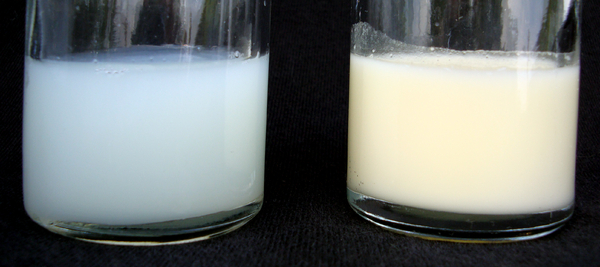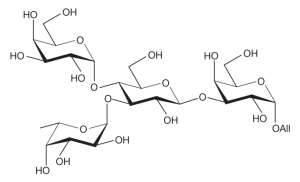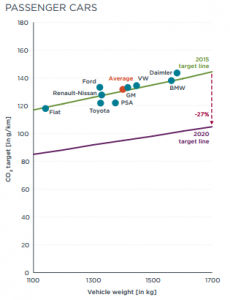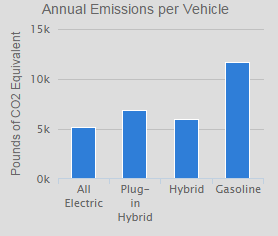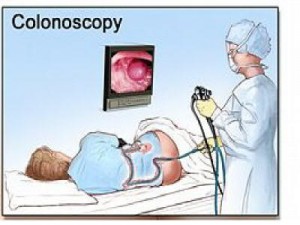
Albert Einstein 1879-1955.
Wikimedia Commons
The man of the hour, Albert Einstein, has made quite an impact throughout the history of theoretical physics. Most recently however, the gravitational waves that Einstein’s theory of relativity predicted were detected on September 14, 2015 at 5:51 a.m.
An intelligent man indeed, yet even the brightest minds can be wrong. For instance, this brilliant theoretical physicist was unable to wrap his mind around an idea that arose from the theory of quantum mechanics – quantum entanglement.

‘Intimately entangled’ giraffes.
Pinterest
Quantum entanglement is a phenomenon that allows us to know the state of one particle if we measure the state of it’s partner particle. In essence, these two particles remain intimately ‘entangled’. Einstein remained unsatisfied about the notion that these particles were able to determine each others’ fate even at large distances apart. He argued that this “spooky action at a distance” should not be considered a theory as it holds too much uncertainty.
Due to Einstein’s apprehension towards quantum entanglement, John Stewart Bell came up with Bell’s inequality experiments. Bell’s tests showed a correlation between entangled particles which were a distance apart and this correlation was observed “more than a percentage of the time”.
However, 3 loopholes in Bell’s experiment were discovered and could have eradicated the idea of quantum entanglement had they not been closed by today’s scientists. The first loophole points out that all entangled particles are not detected, meaning that the undetected photons could potentially change the statistical results that support quantum entanglement. The second loophole marks the notion that the entangled particles may affect each other’s state before detection by observers. The final loophole states that this idea may not be random at all, and that the observer is actually unable to detect the pattern.
The first two loopholes were closed by Hanson and his team; their experiment used diamonds to observe the state of all the photons which closed the first loophole, as for the closure of the second loophole, the electrons emitting the photons in their experiment were far enough apart that they were not able to communicate before the observer detected their states. A solution to the final loophole is currently in the works attempting to explore the random nature of the detection of photons. A paper submitted by Dr. Lynden Shalm and his team, that has yet to be peer-reviewed, has shown their attempt at using “random number generators and high-speed polarization measurements” to prove the random behavior of the particles.
The following video by Joe Scott found on YouTube indicates how scientists are currently closing loopholes.
Sorry Einstein, but it seems that quantum entanglement is looking pretty feasible thanks to the work done by scientists. They’ve worked on closing Bell’s loopholes and thus provided support for quantum entanglement.
Working with this theory of quantum entanglement, society can look forward to research into more efficient computing. For instance, in 2013 Google and NASA experimented with a computer that runs 108 times faster than a typical PC, and this is just the beginning.
– Paria Assadipour

